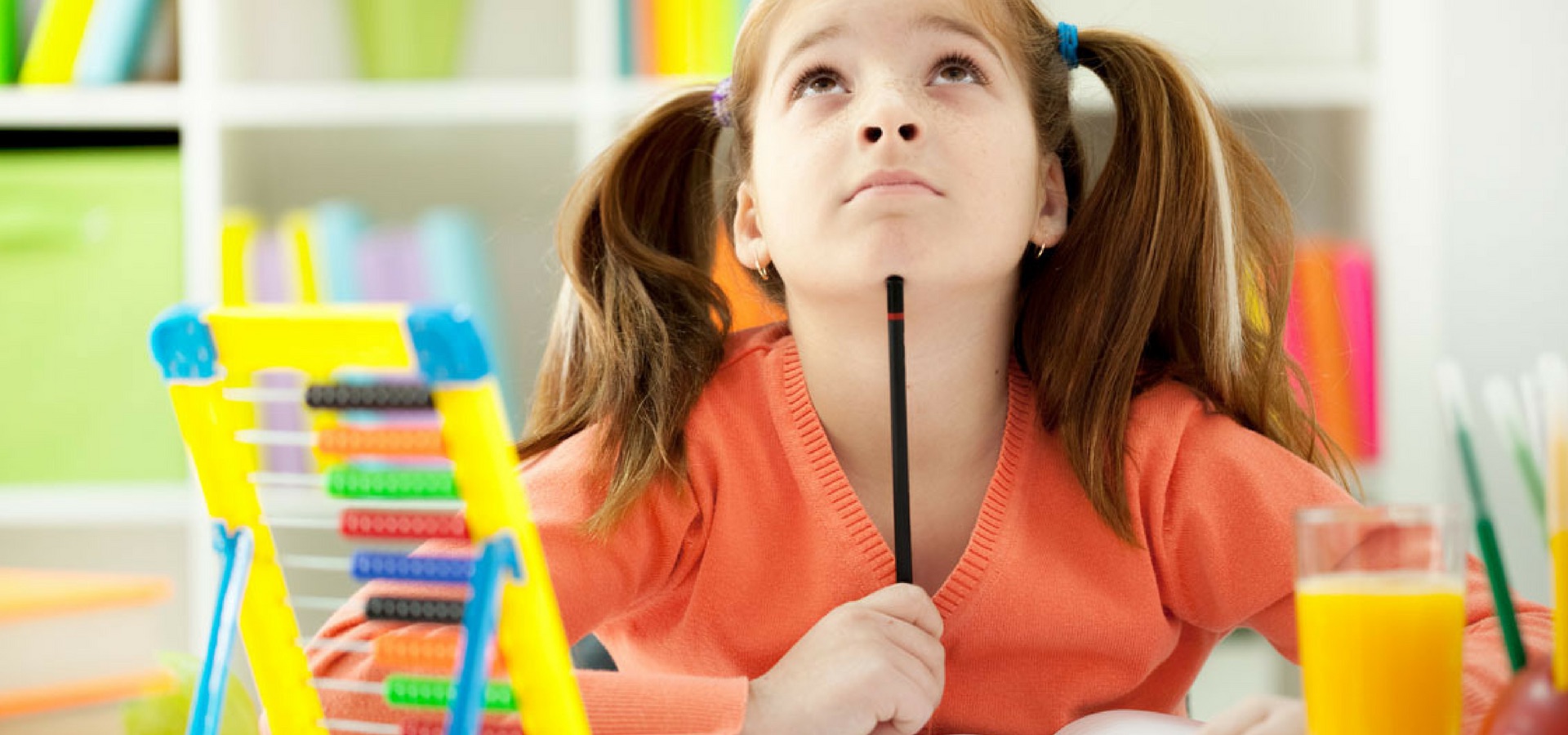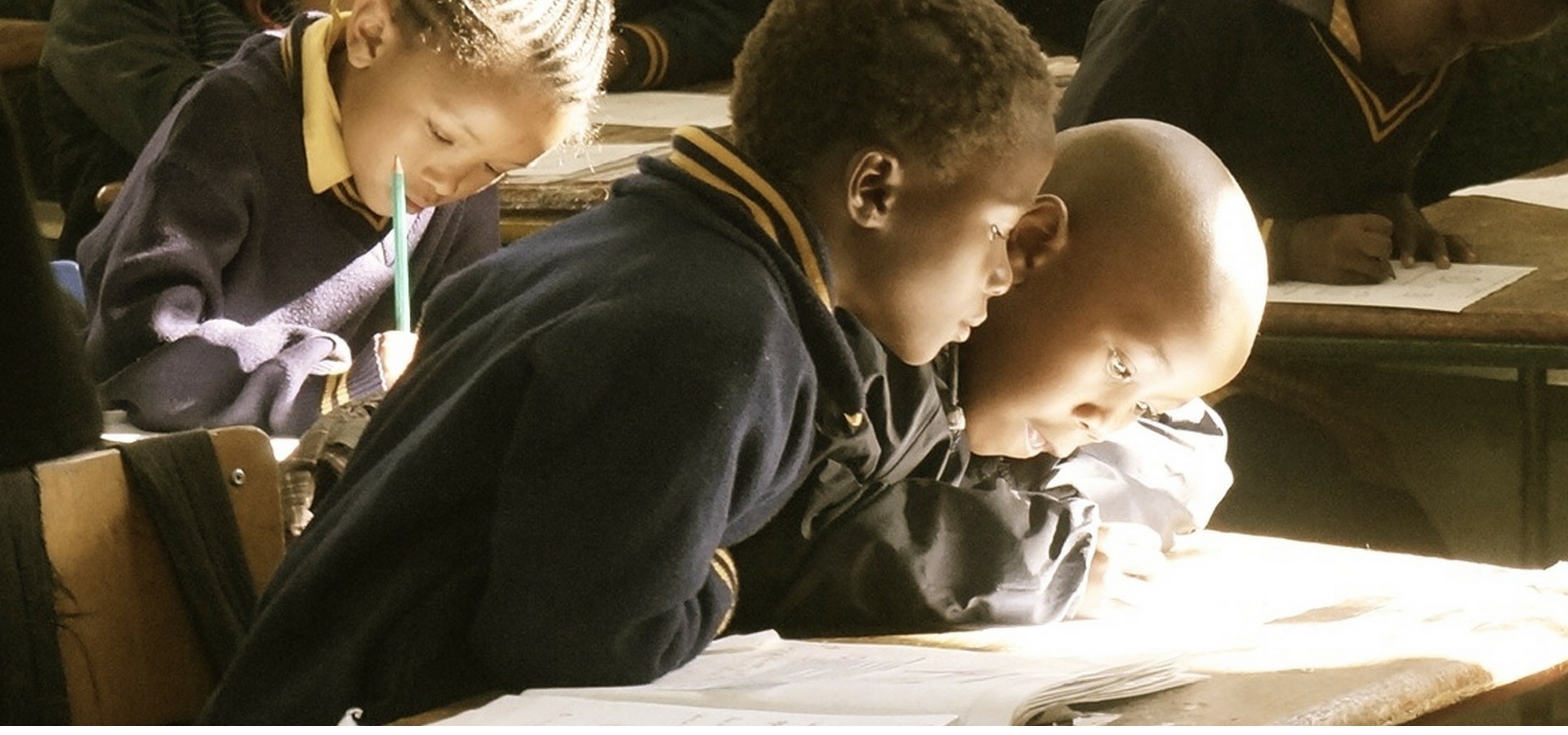
Is our knowledge about dyslexia dated? What is the contemporary view?
“According to popular belief, dyslexia is a brain disorder which causes otherwise smart and intelligent children to struggle with reading, spelling and writing,” explains Susan du Plessis, Director of Educational Programmes at Edublox. “The problem is that a lack of education about dyslexia has caused many myths that discourage parents the moment they hear of the dreaded word.” The term ‘dyslexia’ originated in 1884 and was coined by the German ophthalmologist, Rudolf Berlin. It comes from the Greek words ‘dys’ meaning ill or difficult and ‘lexis’ meaning word. Since then, researchers across a variety of disciplines have tried to understand the causes and possible solutions for the problem. “Instead of viewing the collective research in its entirety, we tend to catch bits and pieces. Some of our beliefs about it date back to times before modern-day technology and research revealed the good news about dyslexia,” Susan continues. In a nutshell, some of these misguided beliefs include: The brain of dyslexics differs from poor readers with low IQs; These brain differences are the cause of dyslexia; A host of famous individuals such as Albert Einstein, Walt Disney and Hans Christian Andersen were dyslexic; There is no remedy for dyslexia. One source states it quite bluntly: “Dyslexia is like alcoholism, it can never be cured.” * Susan explains that contemporary research sheds doubt on some of these old beliefs. With the rise of modern fMRI-scanning technology which allowed neuroscientists to explore the human brain in more depth than ever before, old myths about dyslexia have been debunked. Neuroplasticity is a field of study that is significantly influencing the grasp that we have on dyslexia. According to research conducted in this field, the human brain has the ability reorganise itself by forming new connections throughout a person’s life. The findings from a variety of recent studies contradict earlier beliefs in the following ways: Using brain imaging scans, neuroscientist John D. E. Gabrieli at the Massachusetts Institute of Technology found that there was no difference between the way poor readers with or without dyslexia think while reading. ** In a study, published online in the Journal of Neuroscience, researchers analysed the brains of children with dyslexia and compared them with two other groups of children: an age-matched group without dyslexia and a group of younger children who had the same reading level as the children with dyslexia. Although the children with dyslexia had less grey matter than age-matched children without dyslexia, they had the same amount of grey matter as the younger children at the same reading level. Lead author Anthony Krafnick said this suggests that the brain differences appear to be a consequence of reading experience and not a cause of dyslexia. *** Studies of the biographies of Einstein, Disney and Andersen and many other “famous dyslexics” reveal little resemblance with individuals who are currently labelled dyslexic. For example, Einstein was reading Darwin’s writings at age thirteen. “The myth of these ‘famous dyslexics’ has been perpetuated by advocacy groups over many years to keep dyslexia in the lime light,” says Susan.“The problem is that myths like these distract from the scientific study of the field and subtly hints that it can only be okay to have dyslexia if a string of famous people also struggled with it, while that is not the case.” The belief that dyslexia cannot be overcome is deeply rooted in the theory that the brain cannot change. Today we know that the human brain is a powerhouse. New connections can form and the internal structure of the existing connection can change. Susan has been extensively involved in research on the subject of reading difficulties over the last 25 years, and has made a few observations that may give South African parents hope. “At Edublox, we believe that dyslexia is not a DISability but simply an INability. While there are other causes, the most common cause of dyslexia is that the foundational skills of reading and spelling have not been mastered properly. Massive strides can be made when children’s cognitive deficits are addressed, and have seen we have seen amazing results with this approach.” Javier Guardiola, author of the research paper, ‘The evolution of research on dyslexia’ applauds contemporary research and how it has contributed to our understanding of the subject. “Dyslexia is currently an interdisciplinary field of study, involving disciplines as varied as education and neurobiology. Researchers hope that the answers to this complex learning disability lie in the intersection of all these disciplines,” he writes. **** “To create awareness about dyslexia, we need to keep abreast of the latest research and what this means for our children. As parents, we need to keep looking for solutions and support systems that will help us tackle the symptoms associated with dyslexia. And the good news is there has never been a better time in the history of the field,” concludes Susan.






























